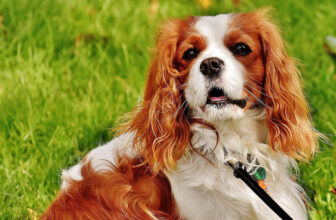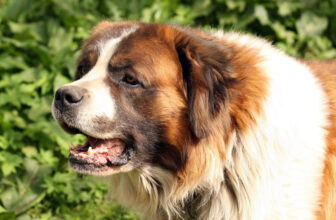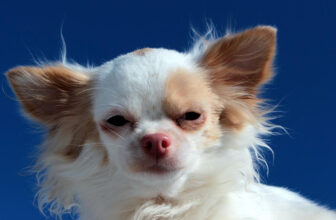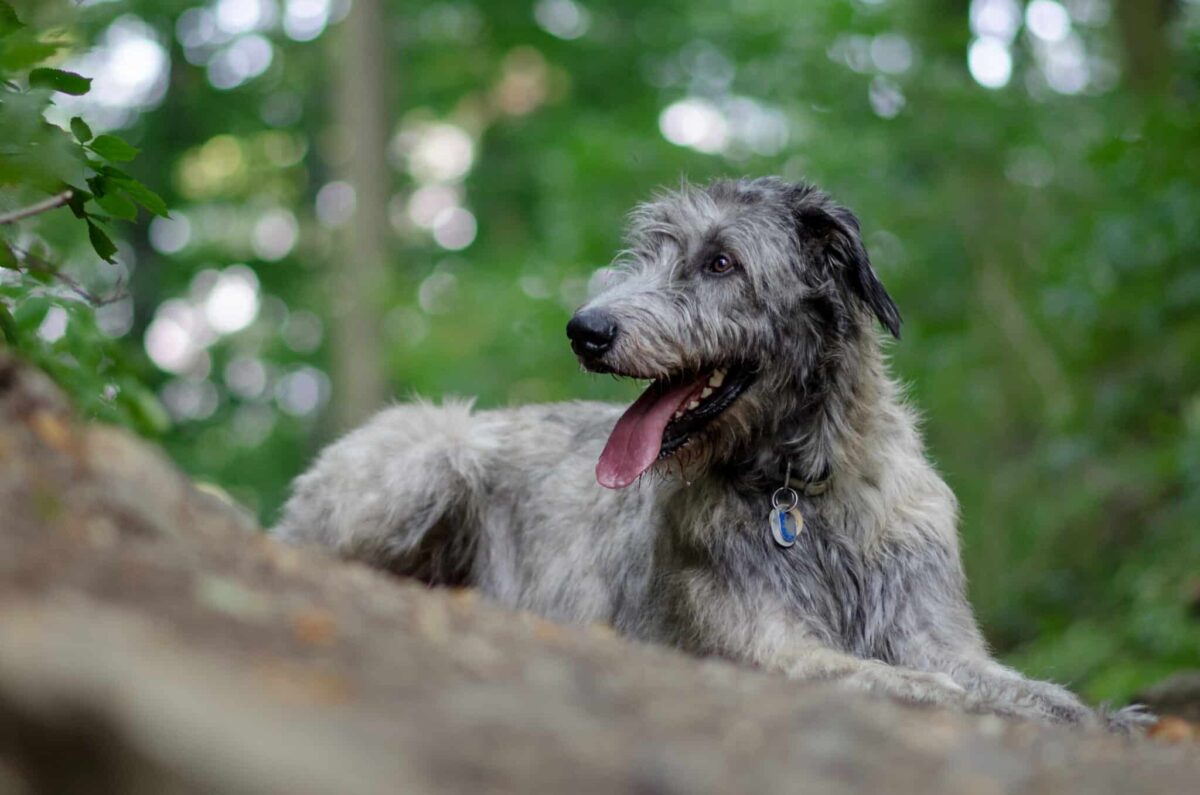
Check out our latest products
Shutterstock
Bringing a dog into your home is a joyful and fulfilling decision, but for some breeds, the financial commitment goes far beyond the adoption or purchase price. Certain dogs come with higher costs due to their grooming requirements, health care needs, and genetic predispositions. Breeds with long, dense coats may need frequent professional grooming, while others are more prone to medical conditions requiring regular vet care or even specialized treatment.
Additionally, some breeds are rare or in high demand, which can significantly raise their market value. It’s important for prospective dog owners to factor in not just the upfront expense but also the long-term financial responsibilities. Being well-informed about these costs can lead to better planning and a more rewarding experience, ensuring both the owner and their four-legged companion enjoy a happy, healthy life together.
English Bulldog
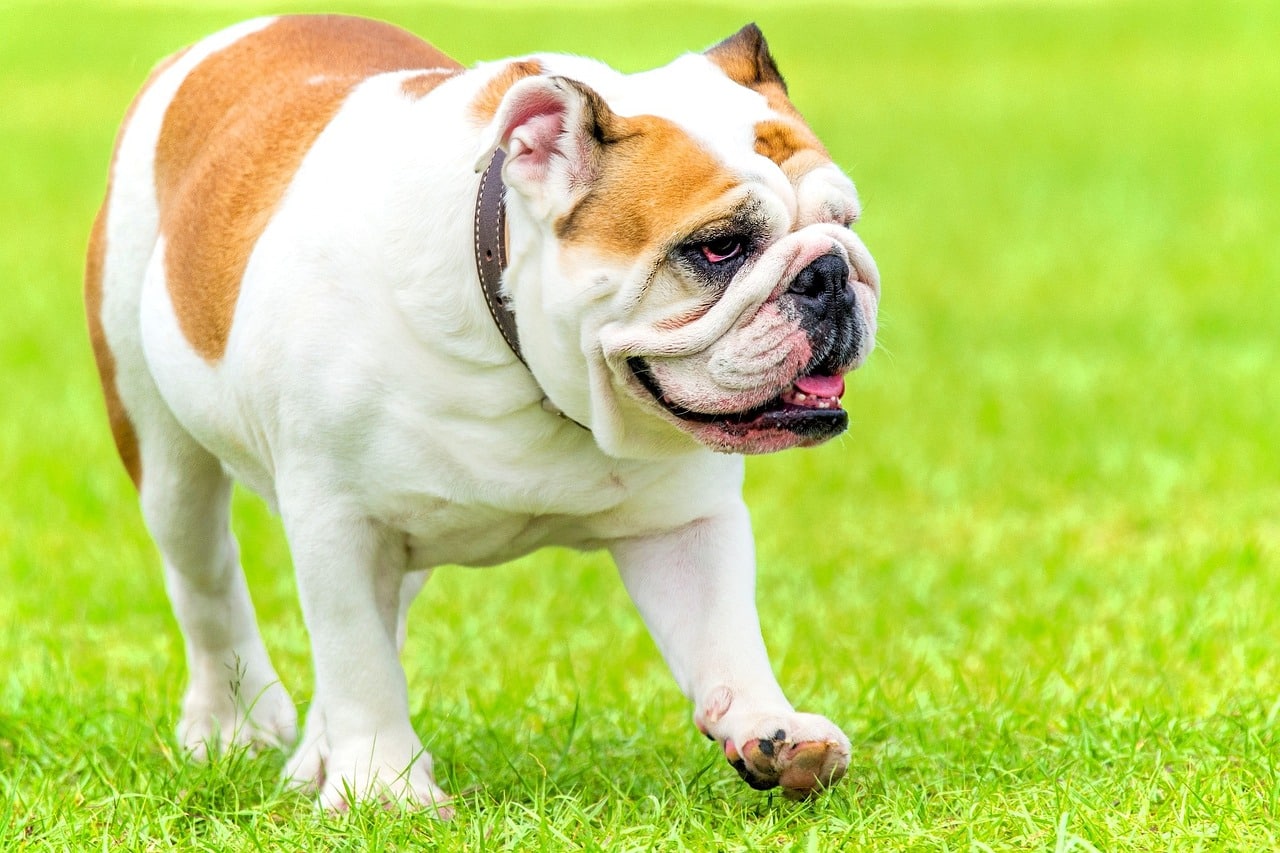
Shutterstock
English Bulldogs are adored for their signature wrinkles and lovable demeanor, but owning one often comes with significant financial responsibilities. Their short-nosed structure makes them highly prone to respiratory issues, which can require surgeries or long-term treatments. Bulldogs are also susceptible to skin infections, allergies, and joint disorders like hip dysplasia, all of which demand regular veterinary care.
Additionally, maintaining a healthy weight is crucial for this breed. Special diets are often necessary to prevent obesity and reduce stress on their joints and digestion, further increasing monthly costs. While their grooming needs are minimal, the frequent medical attention they require places English Bulldogs among the most expensive dog breeds to maintain over time.
Samoyed
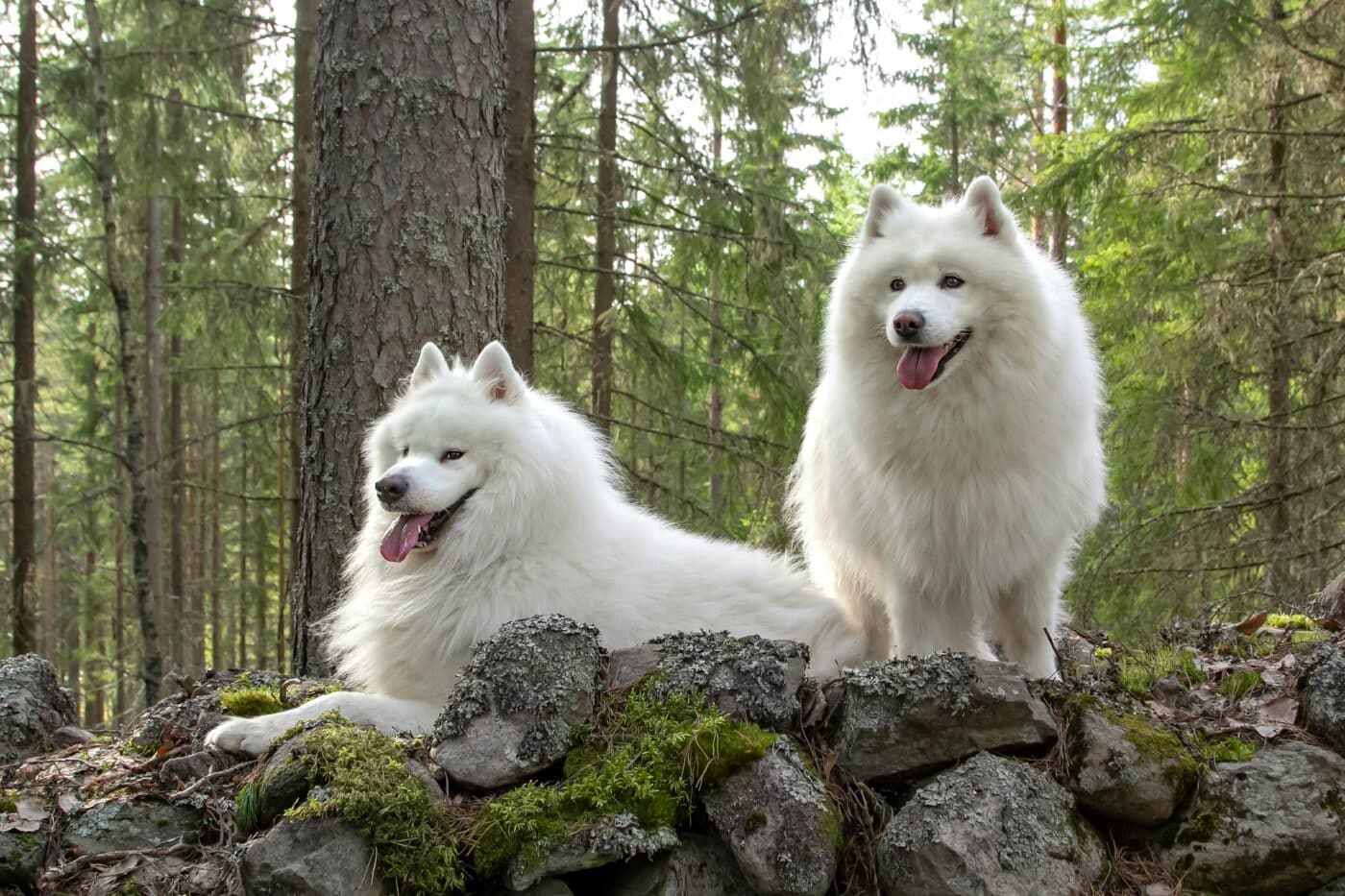
Shutterstock
Samoyeds are beloved for their striking white fur and affectionate, smiling expression, but their upkeep comes with considerable costs. Their dense, fluffy double coat sheds heavily and requires constant brushing to prevent matting and tangles. Many owners rely on professional grooming services, which can quickly add up over time.
Beyond grooming, Samoyeds are susceptible to several health concerns. Dental issues are common and may necessitate frequent cleanings or specialized treatments. They are also prone to genetic conditions such as hip dysplasia and progressive retinal atrophy, both of which can involve ongoing veterinary care and costly medical interventions. Taken together, the grooming demands and potential for high medical expenses make Samoyeds one of the more expensive breeds to care for long-term.
Chow Chow
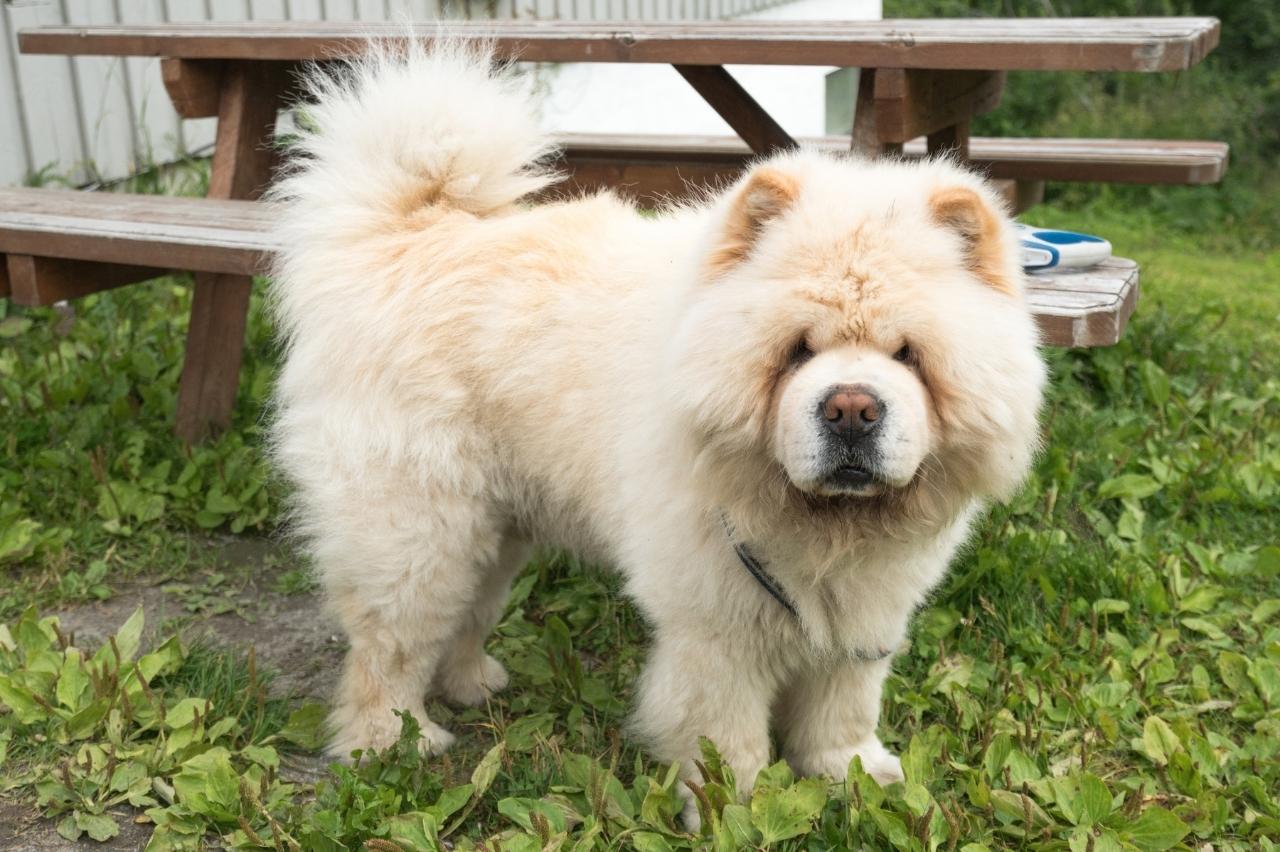
Shutterstock
Chow Chows are easily recognized by their regal appearance, thick fur, and signature blue-black tongue. While visually striking, owning a Chow Chow can be quite expensive. Their dense double coat demands frequent grooming to prevent matting and skin issues, often requiring professional care. On top of that, their independent and sometimes aloof personality makes obedience training a necessity, usually involving expert trainers due to the breed’s stubbornness.
Health-wise, Chow Chows are predisposed to several costly medical conditions, including hip and elbow dysplasia, eye problems like entropion, and various autoimmune disorders. These concerns can lead to ongoing veterinary care and significant expenses over the dog’s lifetime. Altogether, the grooming, training, and healthcare requirements contribute to making the Chow Chow one of the higher-cost dog breeds to own.
Rottweiler
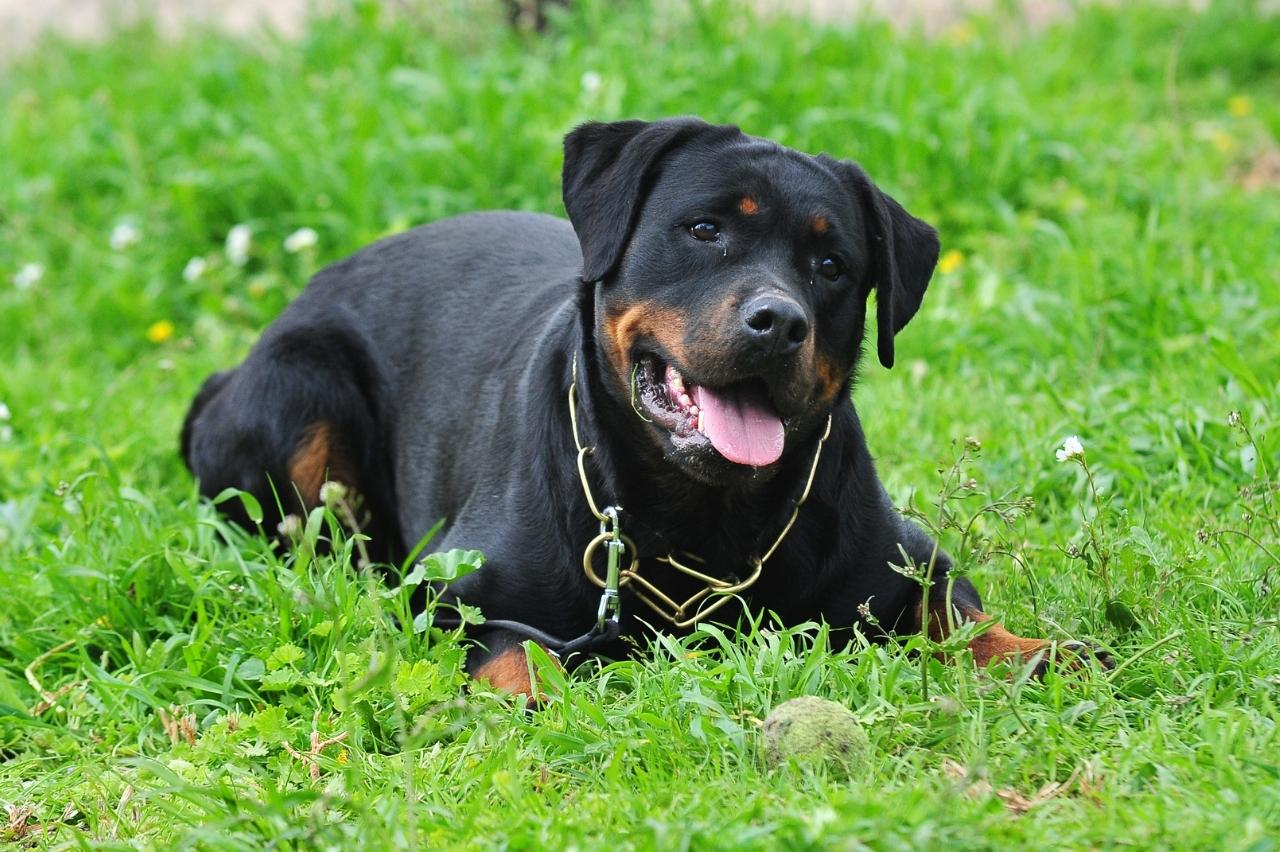
Shutterstock
Rottweilers are strong, loyal, and protective dogs that require more than just basic care to keep them happy and healthy. They are prone to health conditions such as hip and elbow dysplasia, heart problems, and cancer, leading to potentially high vet bills. Additionally, Rottweilers require professional training to manage their strength and assertiveness, which can add to the overall cost of ownership. Their size also means they need a significant amount of food, and high-quality diets can become costly over time. All these factors combined contribute to the high cost of owning a Rottweiler.
Akita
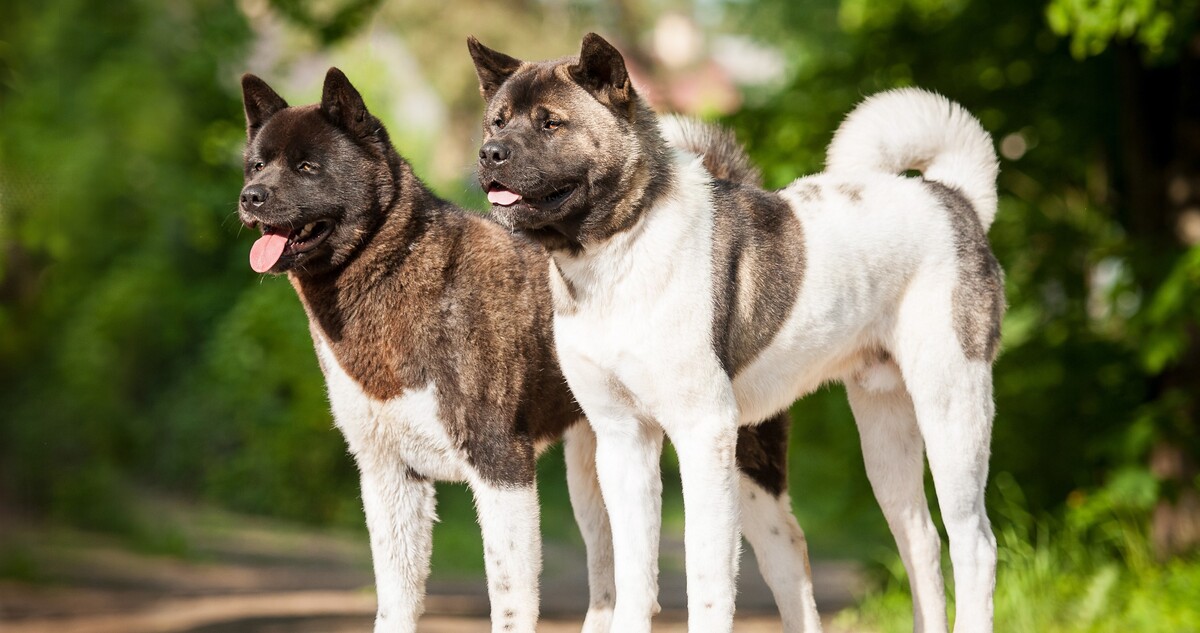
Shutterstock
Akitas are large, powerful dogs known for their loyalty and protective nature. However, owning an Akita comes with significant costs due to their size and specific needs. Their thick double coat requires regular grooming to keep it healthy and free of mats, and they shed heavily during certain times of the year. Akitas are also prone to various health conditions, including hip dysplasia, hypothyroidism, and autoimmune diseases, which can result in frequent vet visits and expensive treatments. Furthermore, their diet needs to be high-quality to maintain their health, making Akitas a costly breed to own.
Irish Wolfhound
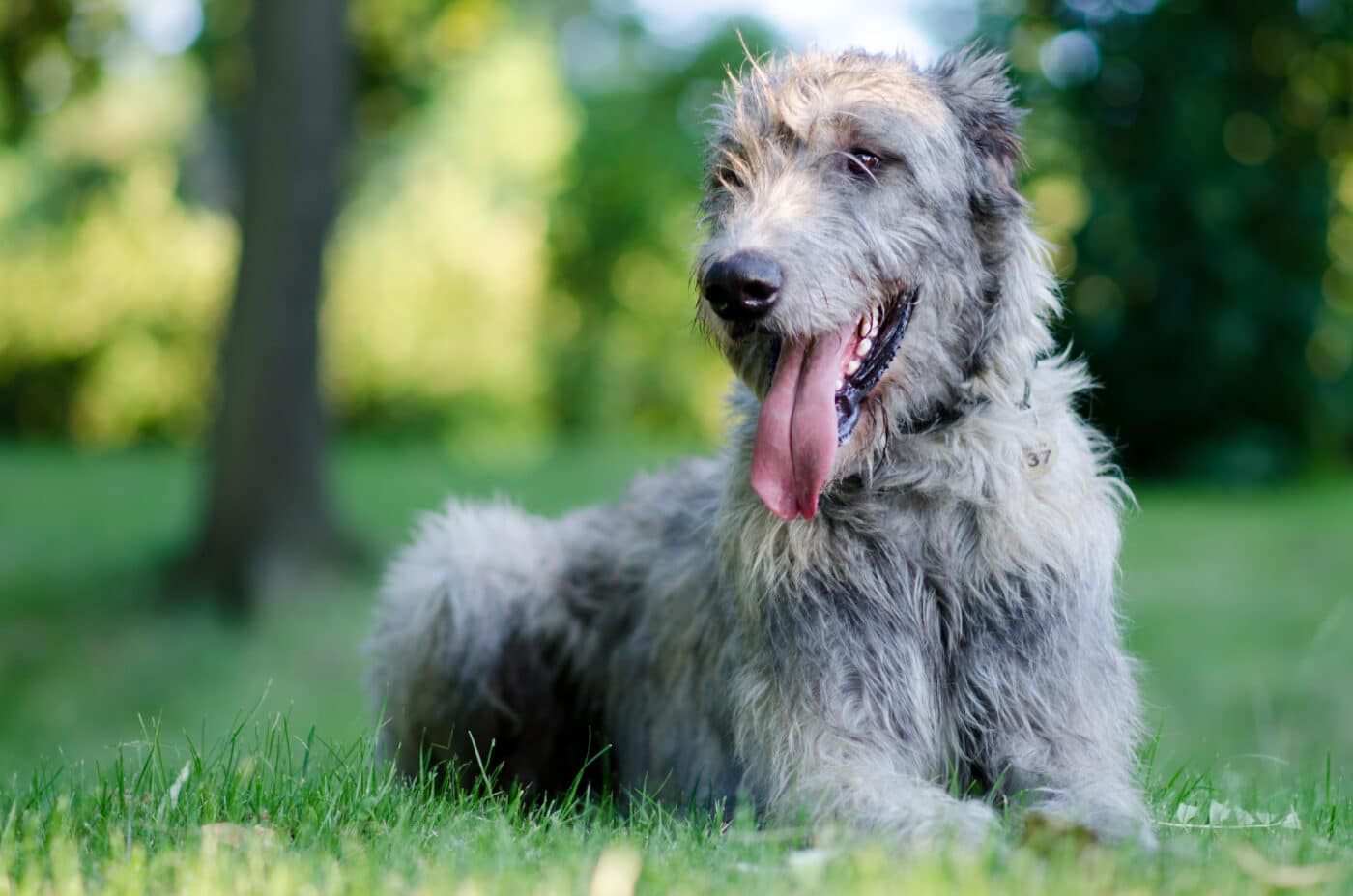
Shutterstock
The Irish Wolfhound is one of the largest dog breeds in the world, and their size alone contributes to their high ownership costs. Feeding an Irish Wolfhound requires a substantial amount of food, and high-quality diets can be particularly expensive. They also have shorter lifespans compared to smaller breeds, which means they are more prone to age-related health issues that can result in costly veterinary care. Regular grooming is necessary to maintain their coat, and the breed is prone to health problems such as heart disease and bone cancer, adding to the expenses.
Pharaoh Hound
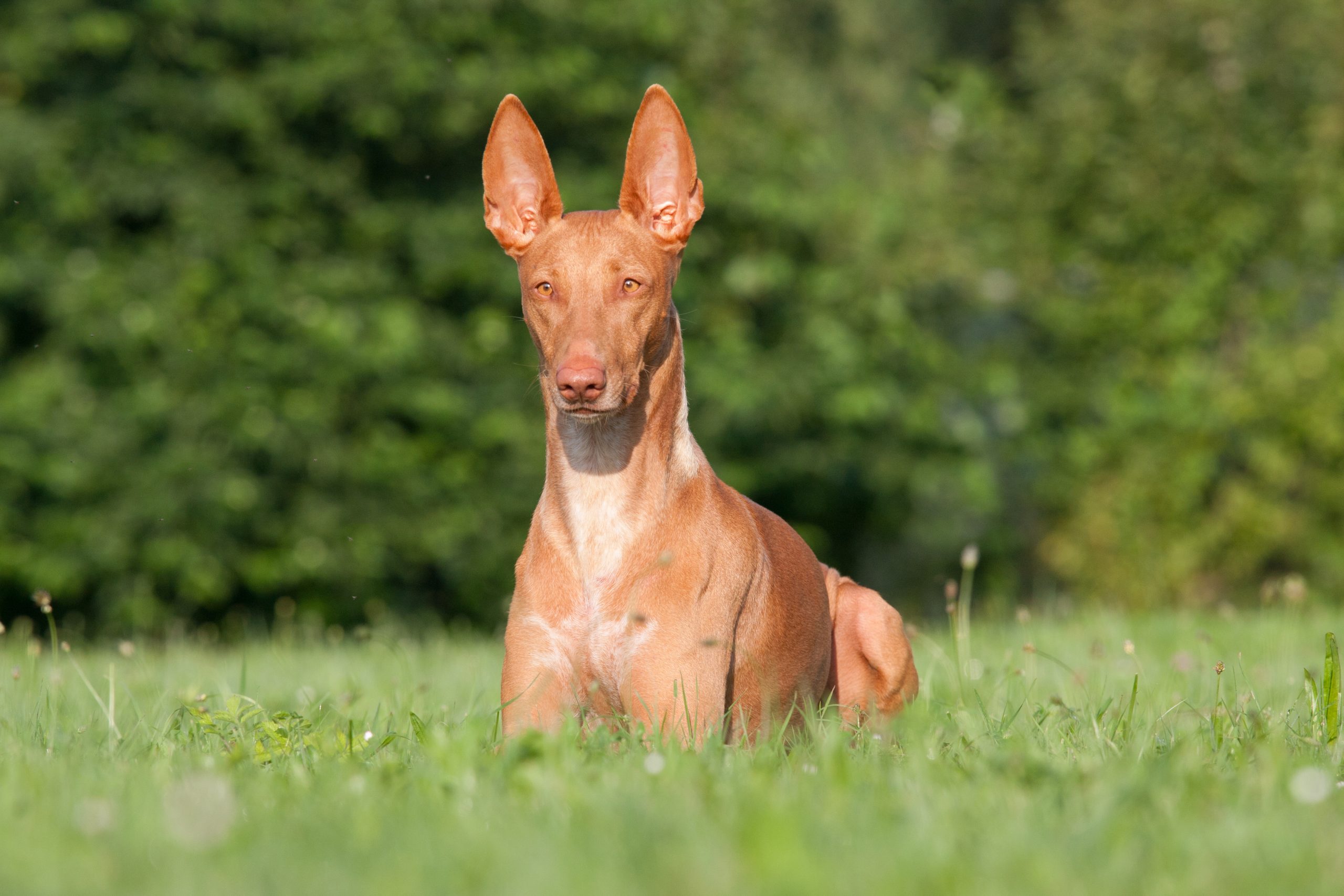
Shutterstock
The Pharaoh Hound is a rare and elegant breed known for its sleek appearance and ancient history. Being a rare breed means that the purchase price is often quite high, but the ongoing costs don’t end there. Pharaoh Hounds have delicate skin, which requires specific grooming products to prevent irritation. They are also prone to health conditions such as hip dysplasia and patellar luxation, which may result in high vet bills. Additionally, this breed has a sensitive digestive system, often requiring special diets that can add to the cost of ownership.
Newfoundland
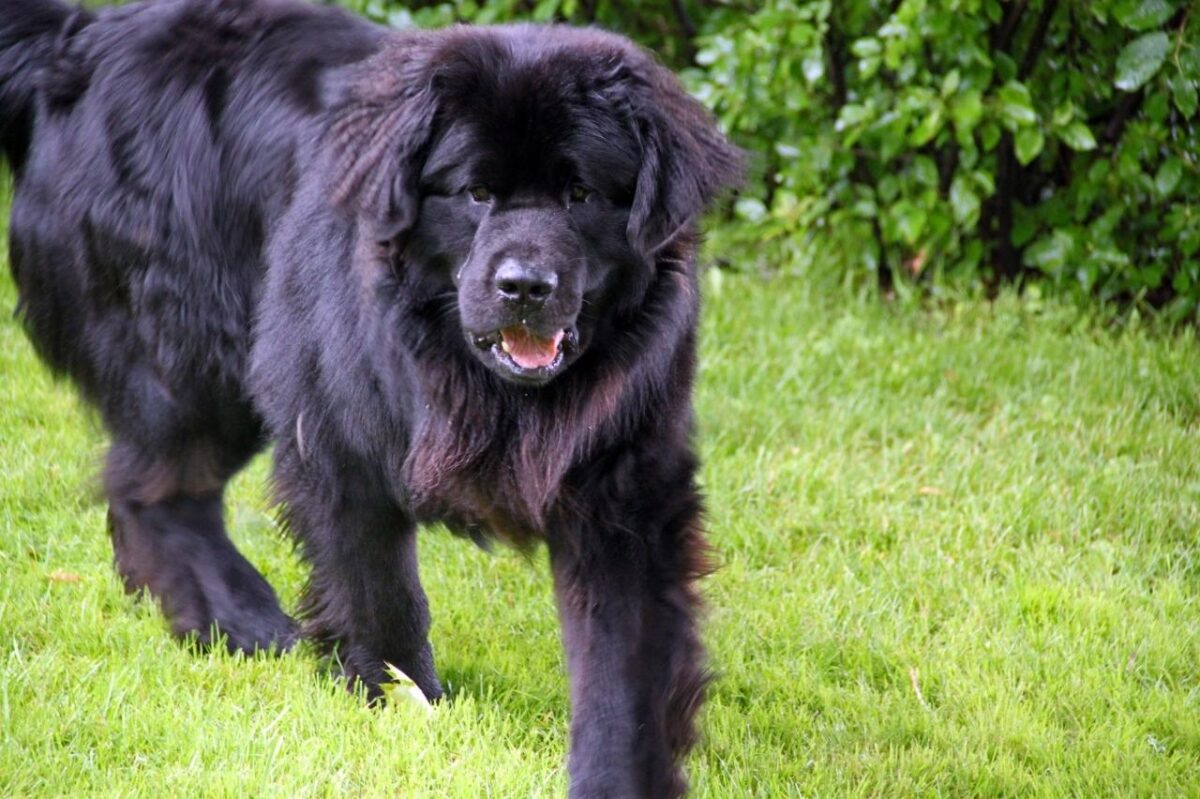
Shutterstock
Newfoundlands are large, fluffy dogs known for their sweet nature and impressive swimming abilities. However, their size and thick coats make them expensive to care for. They need regular grooming to keep their coat in good condition, and their large size means they require more food than smaller breeds. Newfoundlands are prone to certain health conditions, such as hip dysplasia, heart problems, and bloat, which can result in significant veterinary expenses. Additionally, their life expectancy is shorter than that of smaller dogs, and they often need more frequent medical attention in their senior years.
French Bulldog
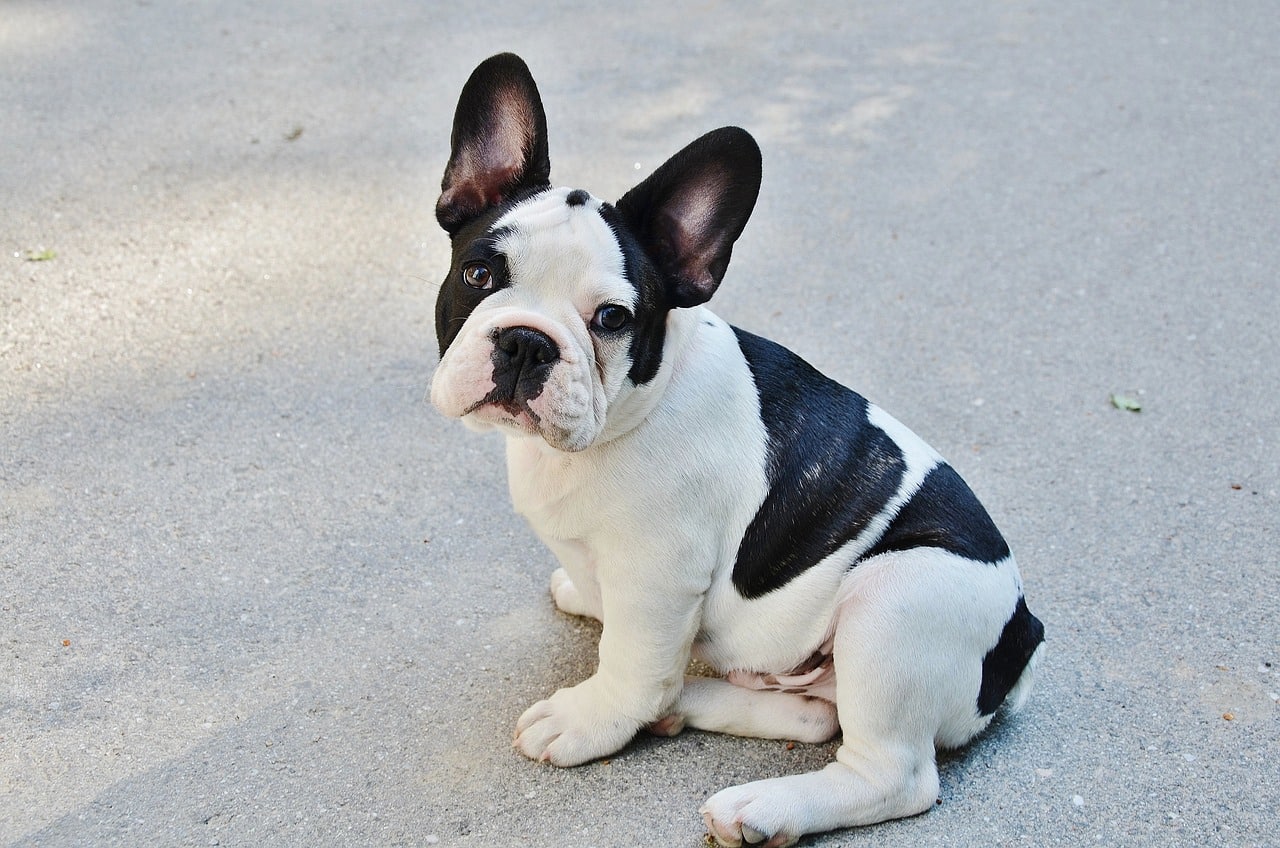
Shutterstock
French Bulldogs are small in size but can come with big costs. Due to their popularity, the purchase price for a French Bulldog is often quite high. They are prone to various health issues, particularly respiratory problems related to their brachycephalic (flat-faced) anatomy, which can lead to costly surgeries and treatments. French Bulldogs also often suffer from allergies and skin conditions that require special care. Their small size doesn’t reduce their potential medical costs, and frequent vet visits can quickly add up. While French Bulldogs are lovable and adorable, they can be one of the pricier breeds to own.
Paws and “Dollars”—The Cost of Canine Companionship

Shutterstock
Owning one of these expensive breeds can be a rewarding experience, but it’s important to be prepared for the potential costs that come with them. These dogs can be a significant financial commitment. However, for those who are willing to invest the time and money, the love and companionship these breeds provide are priceless. Just remember: when it comes to these fancy pups, you may have to spend a little extra cash—but the tail wags and cuddles are totally worth it!
More dog stories you may like:
15 Dog Breeds Who Will Challenge Your Creative Side
15 Reasons To Keep Your Dog On Leash (Even When It’s Legal Not To)
Top 12 Intimidating Dog Breeds That Are Not To Be Messed With







![[5G & 2.4G] 2K Indoor Security Camera for Home Security, AI Voice Change for 2-Way Talk, Motion Detection, Night Vision, 24/7 SD Recording/Cloud Storage, WiFi Home Camera, Pet Cam with Phone App](https://i3.wp.com/m.media-amazon.com/images/I/61I2U+sTT3L._AC_SL1500_.jpg?w=300&resize=300,300&ssl=1)



